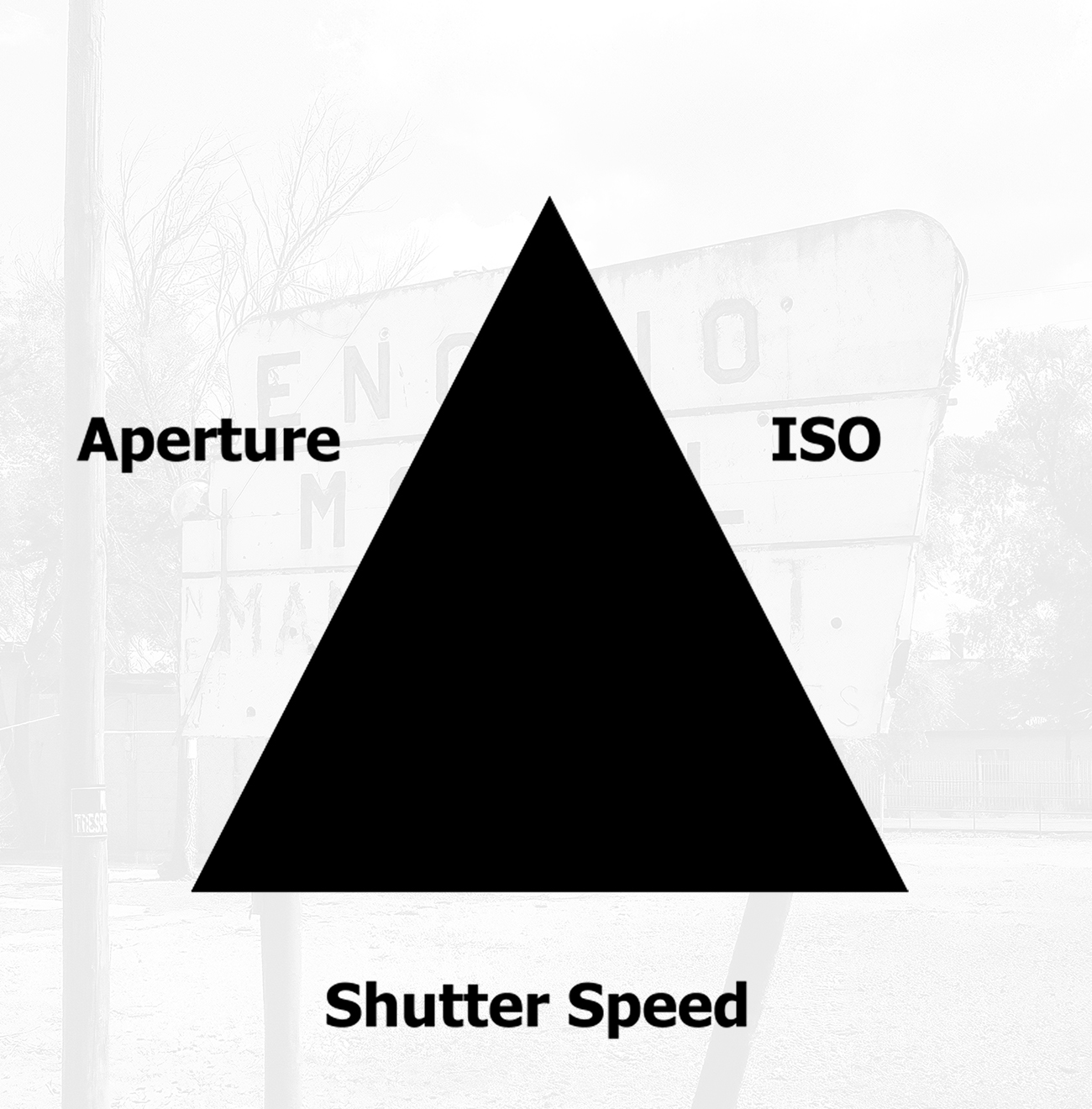Search Engine Optimization (SEO) uses keywords, tech optimizations, and testing to communicate effectively with search engines and real people.
Ready To Jump Aboard The SEO Speedwagon?
It's essential to have clear expectations of what SEO can and can't do.
What can SEO do?
- Generate more organic traffic for "good" content pages.
- Help you engage the right audience.
- Complement good UX design and good engagement.
- Discover the best content opportunities.
What can't SEO do?
- Get you the #1 search ranking in Google.
- Create a buying audience that doesn't exist.
- Trick search engines into indexing your pages without a good reason.
Here are 3 Areas of Focus for Search Engine Ranking Success
#1 - Optimize Your Link Structure
- Use relevant keywords in the URL of each page.
- Content must match URL - see above, what SEO can't do.
- Leave connecting and vague words out of URLs.
- Keep URLs concise.
#2 - Use Helpful Header Tags
The H1 Tag Describes the Page
- Place the most important statement about the page at the top.
- This statement defines the scope of the page's content.
- Typically this is the page title and also matches the page name and the URL.
The H2 Tag Describes the Section
- Use beneath the H1 tag on the page to describe sections of the page's content.
- For example, this would include product categories & subtopics.
- You should include relevant keywords and make section headers easy to understand.
The H3 Tag Describes Thoughts
- Use with ordered and unordered lists.
- Use bold if unrelated to the H1 tag.
- Great way to introduce small ideas or more subtopics.
#3 - Organize Internal Linking
Create Topical Silos
- Link pages that support topics across the site, pages with related information.
- Use relevant anchor text.
- Strategically link off-site.
Simplify Top Navigation
- Not all pages belong in the top navigation. Too many options can be confusing.
- Use internal linking to provide more information without creating clutter.
Support Main Pages
- Create content pages that add value to your main pages.
- Minimum of 500 words, 750-2000 word pages tend to perform best.
- Great for subtopics that not everybody is interested in but are still related to a primary page.
- Example: Link a page about a custom offering to the primary offering's page.
Summary
SEO is an essential component of any effective inbound content strategy. While this isn't an exhaustive outline of SEO strategies, it's enough to get you pointed in the right direction to get started. A basic understanding of what SEO does and does not do is required for any realistic expectations to be set and met. If you are just now launching a site, don't wait to do SEO later! It can take even the best SEO companies out there a full year for their work to show results.
Next Steps
In future posts, I'll share a few intermediate-level strategies that you can use to increase your search ranking and look at how keywords come into play.





